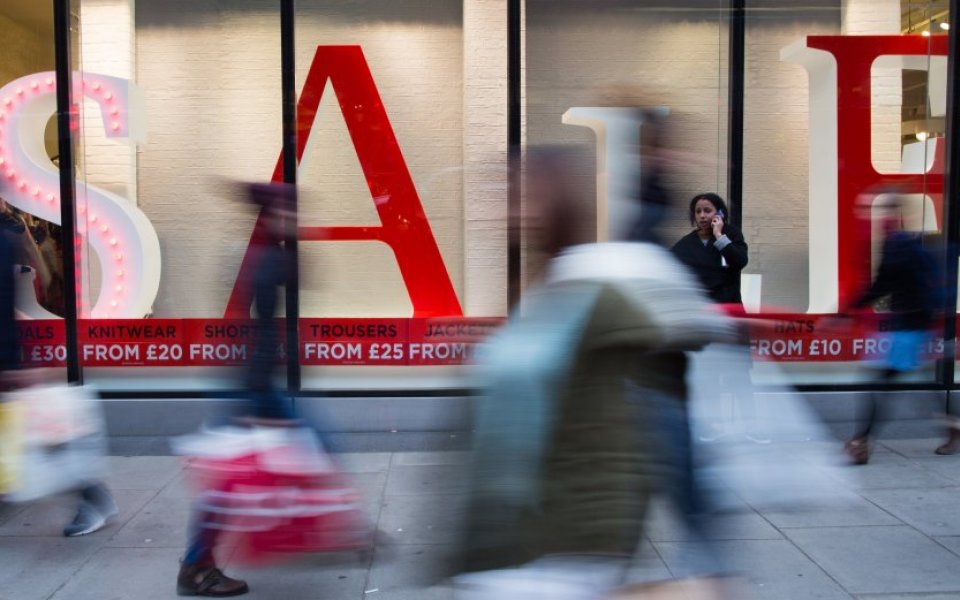Autumn Statement 2015 UK: Here’s how much each London borough makes from business rates

The much-maligned business rates system could be in for a shakeup during today's Autumn Statement, after retailers held talks with the Treasury to demand urgent reforms to the regime.
While some have suggested a major shakeup, including a revaluation of properties to ease pressure on retailers paying rates on properties last valued at the height of the market in 2008; others have hinted at more subtle changes.
In the capital, business rates are big business. Bringing in an estimated £6.2bn last year, London business rates raised more than twice council tax revenues.
Figures from the Department for Communities and Local Government (DCLG) show Westminster tops the table in 2015/16, bringing in £1.8bn in business rates – 33 times more than the lowest-earning council, Harrow.[custom id="101"]
Westminster – which includes prime shopping areas: Oxford, Regent and Bond Street – collects 140 per cent more than even the City of London (£758m). Other high earners include retail hub Camden (£531m); Tower Hamlets, home of Canary Wharf (£383m); and, perhaps surprisingly, Hillingdon (£372m).
Big retailers in prime locations currently pay a hefty premium. Between them, Harrods and Selfridges paid more in rates than all the businesses in Hastings combined.
Read more: Which London business pays the highest business rates?
Generally, outer London boroughs with fewer businesses collect less. One exception to this rule is Hillingdon, where rates from Heathrow bump it into the top five.
At the beginning of November, Tesco boss Dave Lewis dubbed the current business rates system "unsustainable" and urged the government to "do the right thing" and work with retailers to devise a fairer deal.
Read more: Osborne gives local councils control of £26bn in business rates
The chancellor has already made tweaks to the regime. Currently, councils can keep only 50 per cent of business rates raised. Under the new rules, by 2020 they will retain 100 per cent of their rates.
Under the proposed changes, councils will also be able to cut the rate and some, such as London, Manchester and Sheffield, will be able to raise it.
London councils will be able to put rates up by 2p in the pound – but only to finance infrastructure and only if businesses vote in favour in local polls.
To put this in context, a one per cent increase in Westminster's total for this year would raise an extra £18m, whereas the same percentage of Harrow's rates revenue would generate a mere £470,000. So the incentive for wealthy councils to raise rates could be substantial.